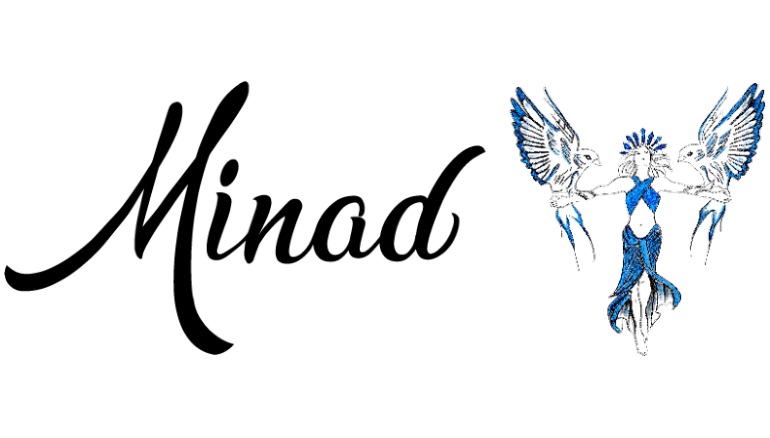Terapeudi täiendõpe
Minade School opened its doors in January 2022. The first six-month course “Continuing Education for Therapists” has already finished successfully.
The curriculum of the course 2022, is here
New course starts on 28.-29.January, 2023.
The curriculum of the course 2023, is here.
The aim of the additional training is to help therapists to recognise the content and uses of different techniques and their limitations. And how, by using on other knowledge acquired elsewhere or in the course, the best therapeutic simulation can be created for the client. This means finding the beginning, or root cause, of the client’s difficulties in his or her current life, through a variety of appropriate skills.
Imagine a bundle of ropes made up of many separate ropes. Each of them has two ends. The therapist has learnt various techniques and methods to locate the pair, meaning current weight + root cause, of each end. Simulations can be used to trace the sources, through the identification of the effects of cause and effect relationships. And in what way the unfinished and still active impulses in the body and mind can be resolved/loosen up that have led the client to the present situation.
Every therapist has their strengths and weaknesses. Knowing this and how to use them properly adds to competence. This means that strength can sometimes be a weakness and vice versa. The process of additional training for therapists is structured in such a way that each participant learns to identify, use and resolve their own black spots. This is the only way to be a better support to the client, because the client subconsciously knows whether you understand him/her or not, whether he can trust you.
Why is it important to learn through personal experience? Because in therapy, it is the issues that have already been resolved or need to be resolved that emerge. Through self-awareness, the therapist can be there for the client, supported by his/her own personal experiences of healing.
The therapist is the client’s tool, and a good tool needs to know his or her skills, qualities and limitations. Take care of themselves – to identify, recognise and heal personal difficulties, their root causes and apply the results in their personal life and work.
This is all part of the additional training to raise the level of therapists and to encourage the use of different techniques and combine them if necessary. All for a better good!




